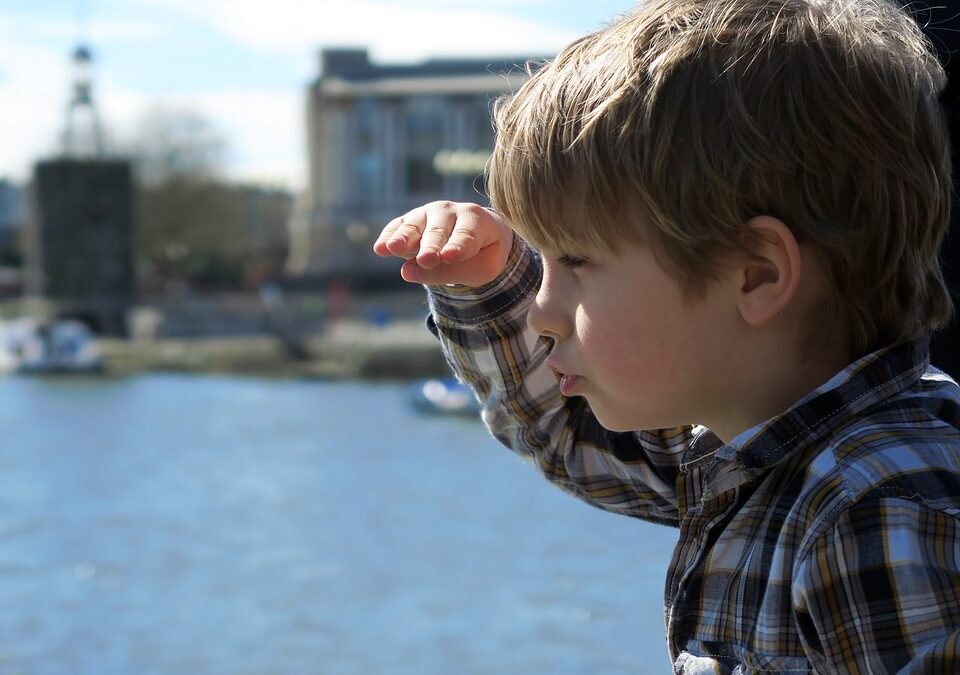Empowering Creativity: 3D Printing NFTs Unlock New Opportunities for Artists in Developing Nations
Introduction
Art has always been a powerful tool for self-expression and cultural representation. However, for artists in developing nations, access to resources and opportunities can be limited. Fortunately, the emergence of 3D printing and Non-Fungible Tokens (NFTs) is revolutionizing the art world, enabling artists from all backgrounds to showcase their work globally and gain financial independence. In this article, we will explore how 3D printing NFTs are unlocking new opportunities for artists in developing nations.
1. Access to Global Markets
One of the main challenges faced by artists in developing nations is the limited exposure to global markets. Traditional art distribution channels often require significant investment, making it difficult for artists with limited resources to promote and sell their work internationally. However, with the advent of NFTs, artists can now showcase and sell their creations directly to a global audience, without the need for intermediaries. This allows artists in developing nations to gain recognition and generate income from their art on a global scale.
2. Democratization of Art Ownership
Historically, the art market has been exclusive and dominated by elite collectors. This has made it challenging for artists from developing nations to break into the industry and secure fair prices for their work. However, 3D printing NFTs are challenging this notion by democratizing art ownership. Through NFTs, artists can assign digital ownership rights to their creations, allowing anyone to become a part-owner of a piece of art. This opens up new avenues for artists in developing nations to gain recognition and receive fair compensation for their creative efforts.
3. Preservation of Cultural Heritage
Art has always played a crucial role in preserving cultural heritage. However, in many developing nations, cultural artifacts and artistic traditions are at risk of being lost due to various factors such as urbanization, globalization, and lack of resources for preservation. 3D printing NFTs provide a unique opportunity to preserve and promote cultural heritage by creating digital replicas of traditional artworks and artifacts. Artists can digitize and tokenize these creations, ensuring their longevity and accessibility to future generations. This empowers artists in developing nations to celebrate and share their cultural heritage on a global platform.
FAQs:
1. What is 3D printing?
3D printing, also known as additive manufacturing, is a process of creating three-dimensional objects by adding material layer by layer. It allows artists to bring their digital designs to life by transforming them into physical objects.
2. What are NFTs?
NFTs, short for Non-Fungible Tokens, are unique digital assets that represent ownership or proof of authenticity of a specific item or piece of content. In the art world, NFTs are used to certify the originality and ownership of digital artworks.
3. How do 3D printing NFTs work?
3D printing NFTs combine the technology of 3D printing with the concept of NFTs. Artists create digital designs of their artworks, which are then tokenized as NFTs. These NFTs can be bought, sold, and owned by collectors. When a collector purchases an NFT, they can use the digital file to 3D print a physical replica of the artwork.
4. Are 3D printing NFTs environmentally friendly?
While 3D printing NFTs offer new opportunities for artists, it is important to consider the environmental impact of this technology. 3D printing can consume significant amounts of energy and require the use of materials that may not be sustainable. It is crucial for artists and manufacturers to prioritize sustainable practices and explore eco-friendly alternatives when engaging in 3D printing NFTs.
5. How can artists in developing nations get started with 3D printing NFTs?
Artists in developing nations can start their journey with 3D printing NFTs by learning the basics of 3D design and familiarizing themselves with the concept of NFTs. Online platforms and communities provide resources and tutorials for artists to enhance their skills. Additionally, collaborating with local organizations and institutions that support artists can provide access to necessary equipment and guidance.
Conclusion
3D printing NFTs have opened up a world of possibilities for artists in developing nations. By leveraging these technologies, artists can overcome traditional barriers to entry, gain global recognition, and preserve their cultural heritage. However, it is essential for artists, collectors, and manufacturers to approach this new era of art with a sense of responsibility towards the environment and sustainable practices. Ultimately, 3D printing NFTs empower artists in developing nations to transform their creativity into a sustainable livelihood.

